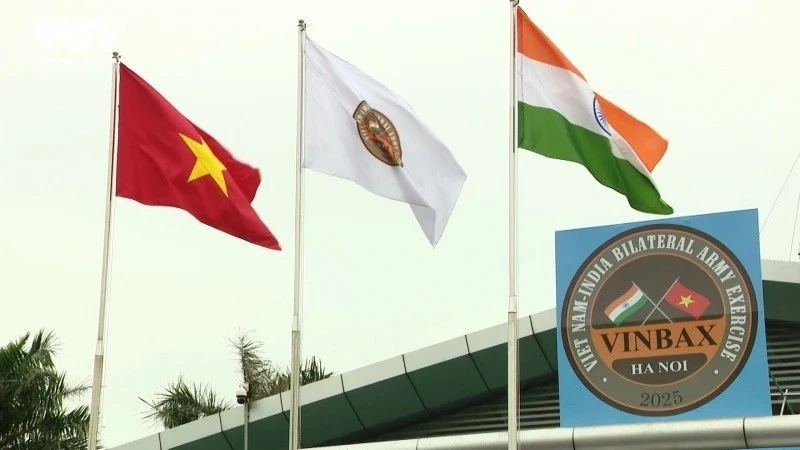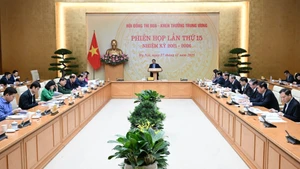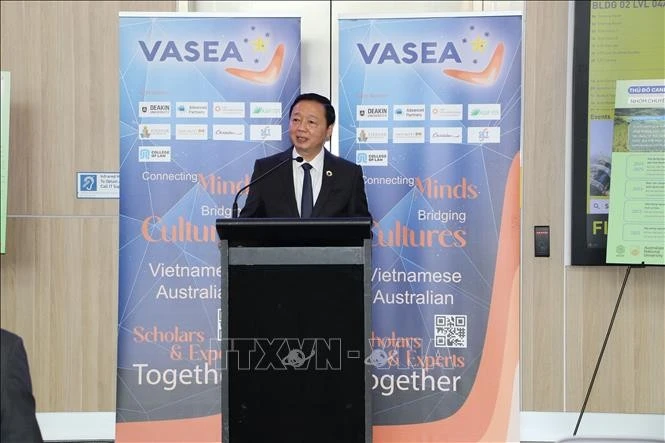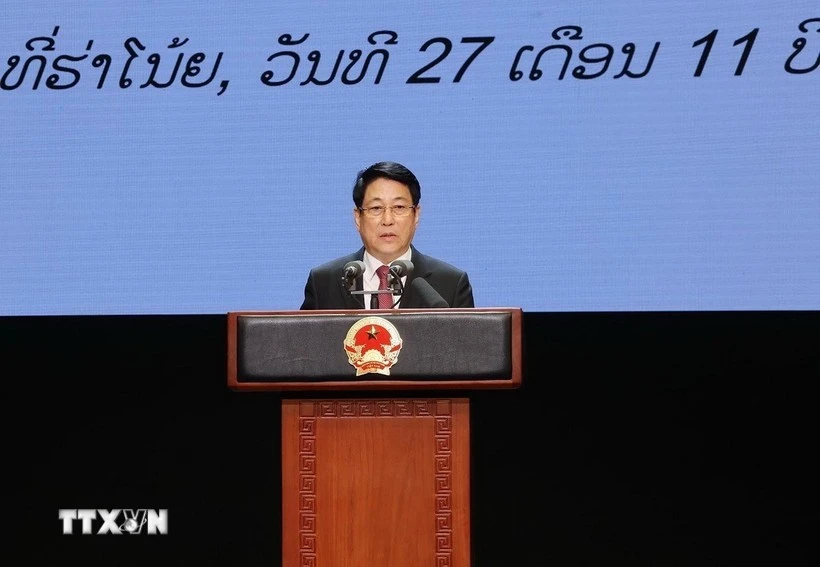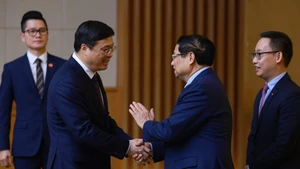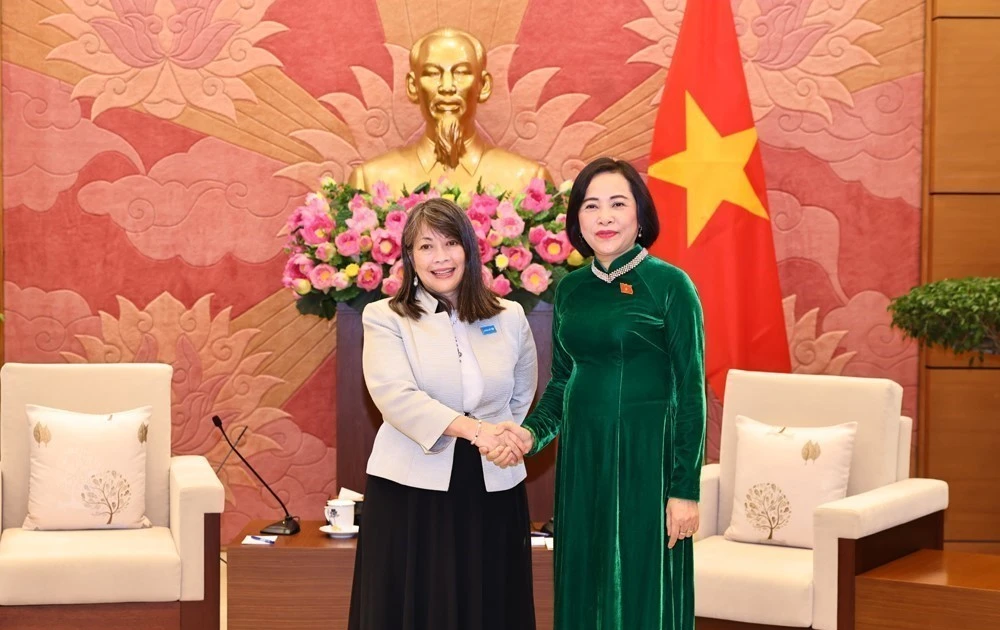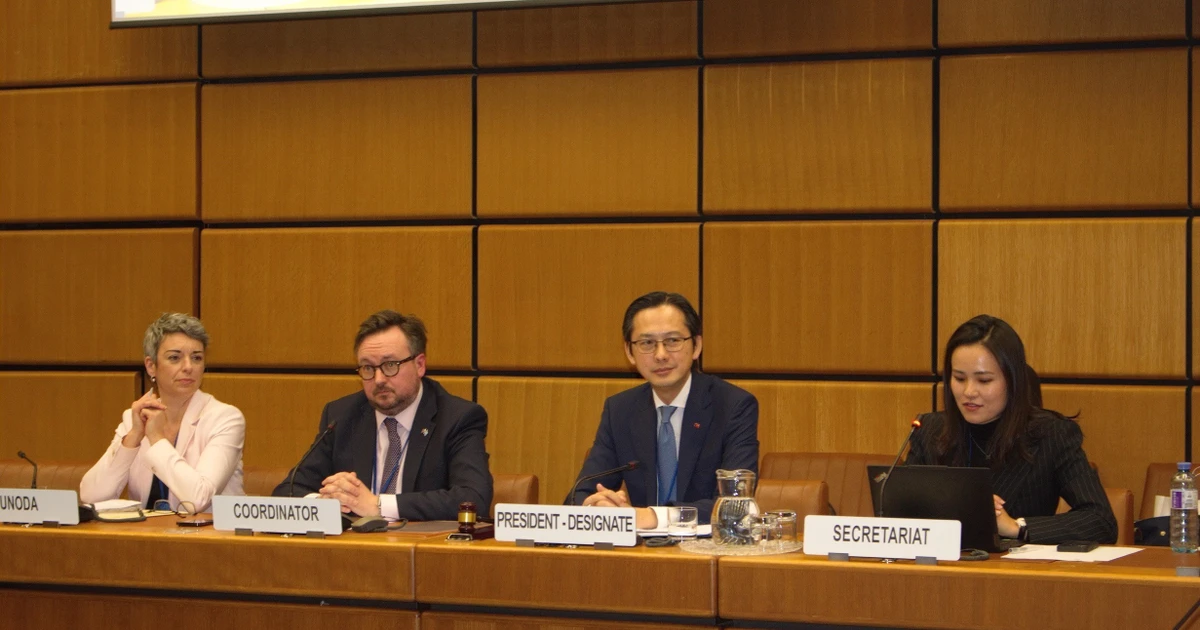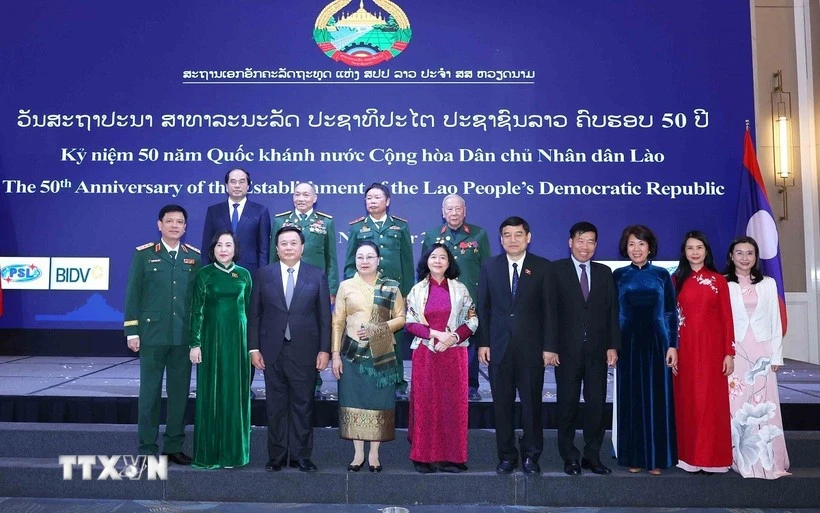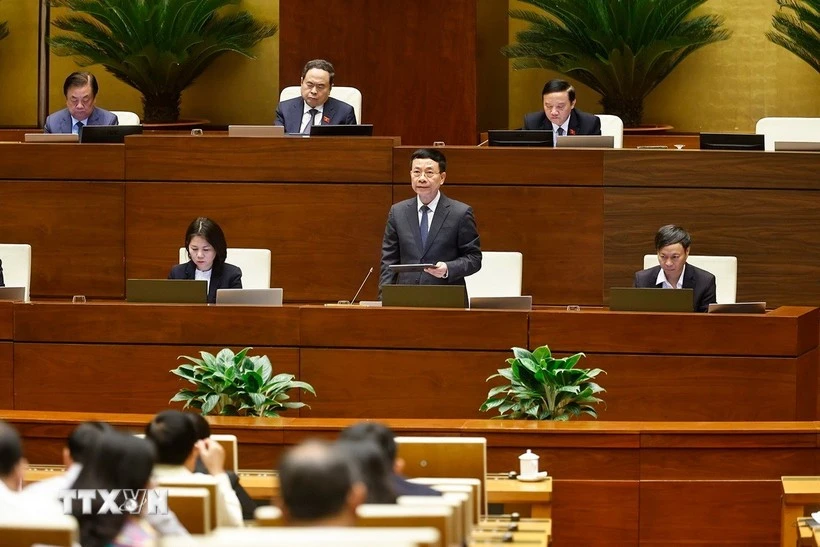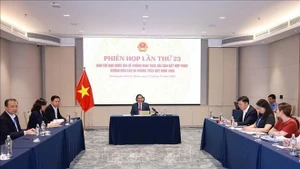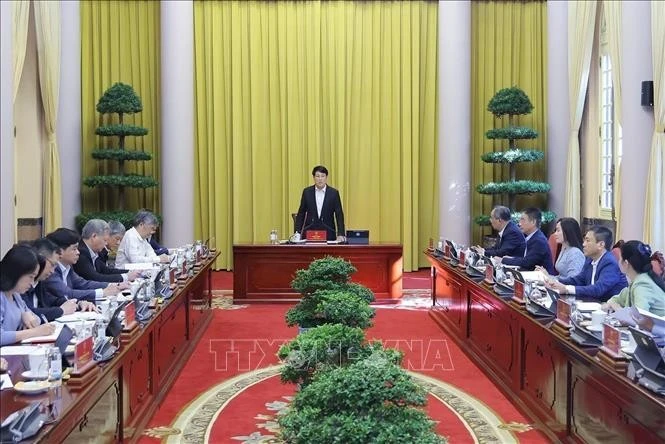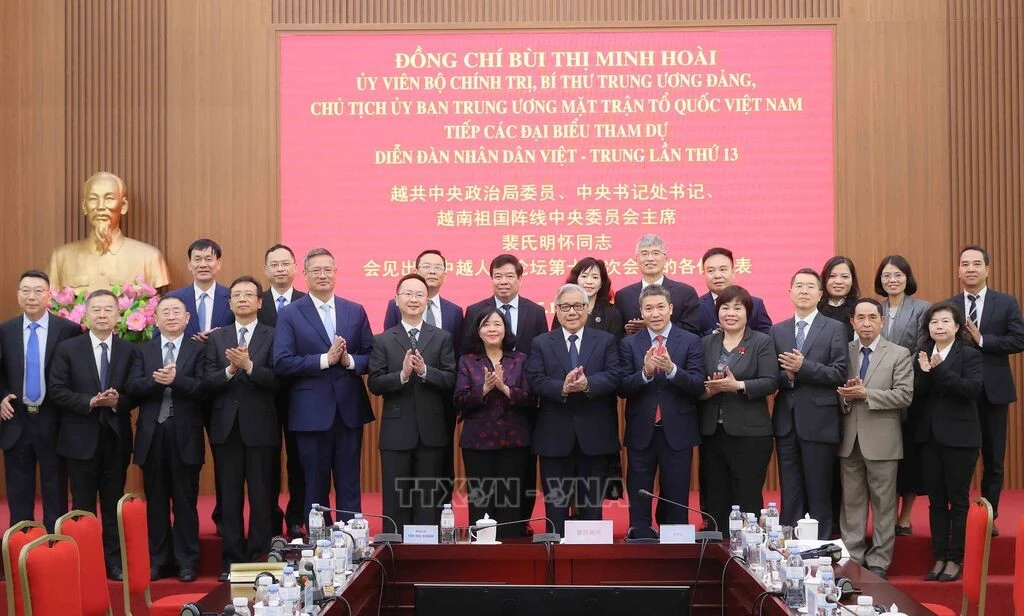The event saw the presence of Sen. Lt. Gen. Phung Si Tan, Deputy Chief of the General Staff of the Viet Nam People's Army and deputy head of the Ministry of National Defence's Steering Committee for the participation in UN peacekeeping operations; Maj. Gen. Pham Manh Thang, Director of the Viet Nam Department of Peacekeeping Operations and head of the exercise steering committee; and Maj. Gen. Rajdeep Singh Rawal, Commander of the Engineer Regiment of the Indian Army's Western Command.
The exercise featured three scenarios.
In the first scenario, the engineering team practised explosive ordnance detection and disposal, as well as casualty evacuation. The scenario consisted of two phases: planned mine and explosive ordnance clearance, and response when a peacekeeper is wounded. The simulated explosive ordnance included anti-personnel mines that could not be moved and therefore required on-site detonation.
The second scenario involved the engineering team responding to a crowd accusing UN personnel of sexual exploitation and abuse (SEA). It consisted of four phases: dispersing a crowd of civilians accusing UN staff of SEA violations, detecting a gathering protest, demonstrators approaching and damaging the main gate, and the engineering team conducting crowd dispersal.
In the third scenario, the engineering team worked with other forces to provide humanitarian assistance for victims of an earthquake and collapsed structures, including medical care and aeromedical evacuation. This scenario required close coordination and high technical proficiency among the participating components.
The exercise was successful, helping participating forces master procedures, skills, and coordination mechanisms needed for handling integrated scenarios in a UN peacekeeping mission environment.
